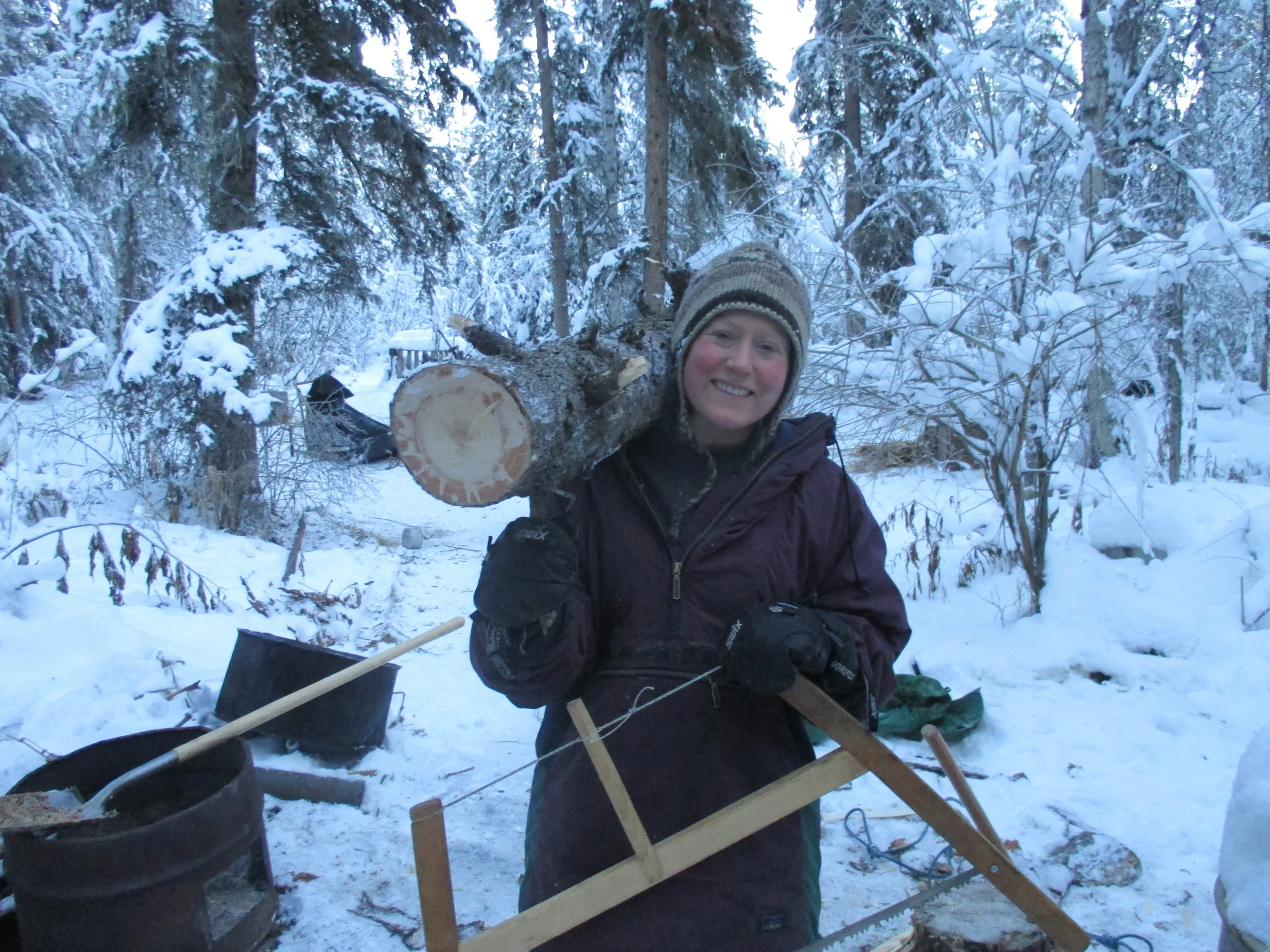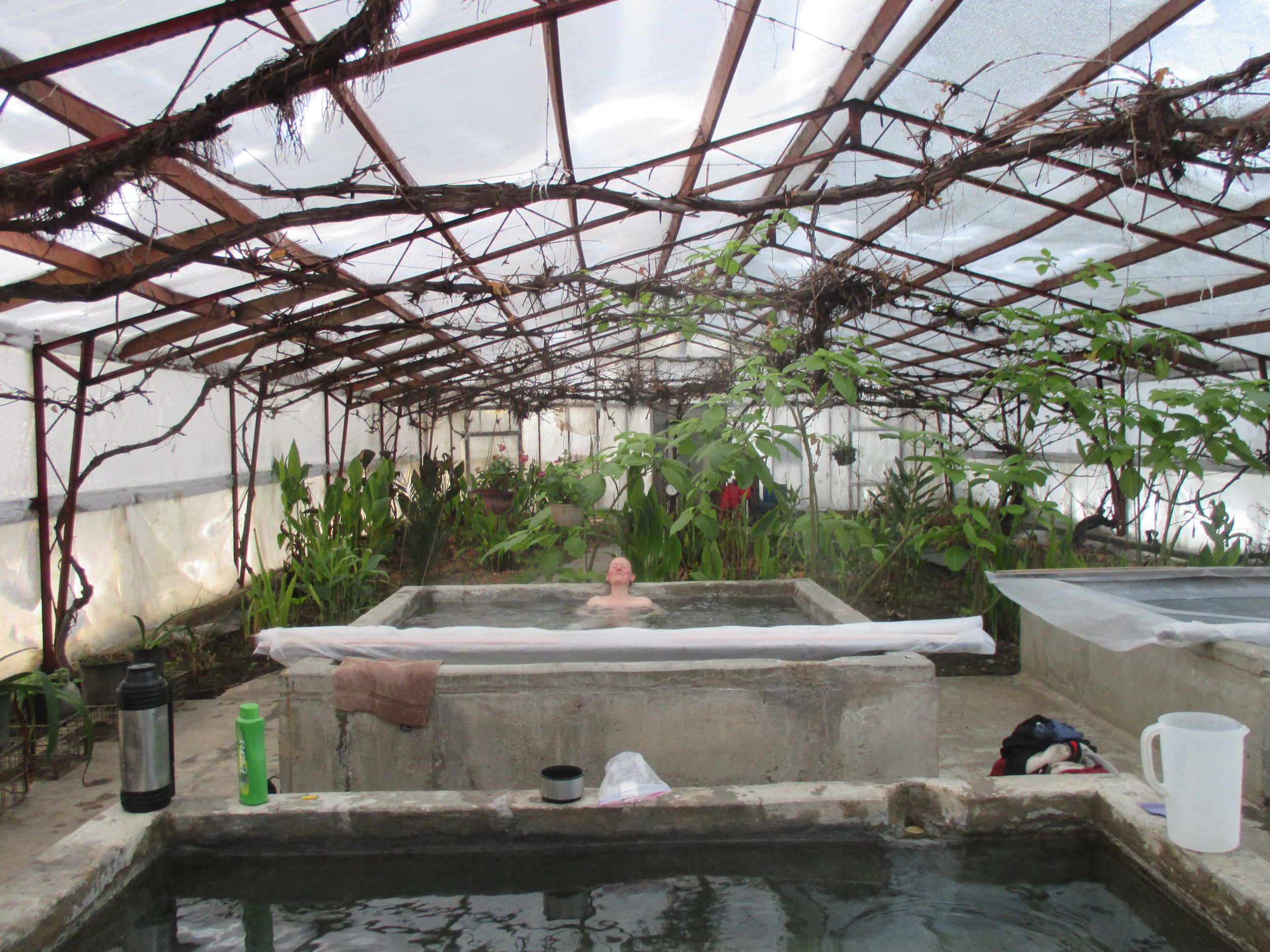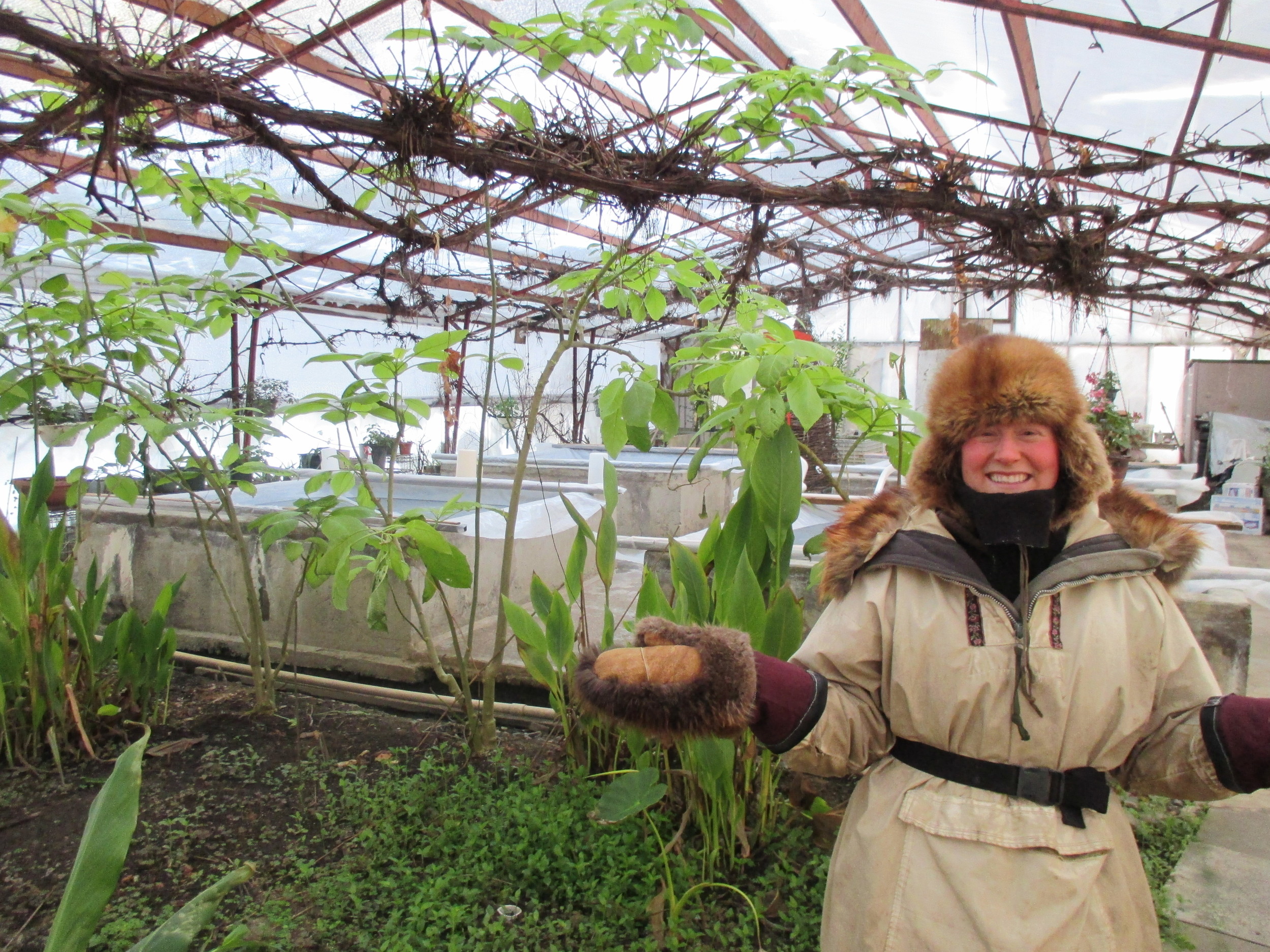Staying 98.6 in -40
/Disclaimer: This article addresses some things we’ve learned from traveling in very cold temperatures. These temperatures are not necessarily the temperatures we take clients out in. For our guided tours we pick locations and times of year that allow us to travel more in the 20 degrees above to twenty degrees below range. We do, however, live in the interior of Alaska and on our own trips like to experiment with colder temperatures, or whatever Mother Nature provides.
david mushes the dogs along the much cooler than everywhere else Tanana river near manley alaska
When moving outside in the 40 below zone, it feels like your body is a precarious little bubble of warmth in a landscape of cold. By traveling I mean going from one location to another, when you’re outside for 12 or so hours a day and not darting back and forth from a heated cabin. It’s a glorious feeling when you’re underway in a landscape and your body is producing and pocketing its own warmth. And traveling in the cold comes with all sorts of special treats. For one, the colors look different- more chalk-like as if someone sketched the mountains and the rivers with a silvertip pen. Cold almost always means clear, so you tend to see more northern lights. Cold also has its own sort of weather pattern- its constant. Cold rarely combines with wind in the interior, and -40 is too cold for snow. If there were clouds up there, they would probably raise the temperature.
I get the feeling that people who say that anything below -20 F is pretty much the same don’t spent much time outside in anything below -20. There are lots of differences between -20 and -30 and -30 and -40 and so on. One thing I learned on this past trip about the difference between -30 and -40, for example, is that at -40 when you snap off spruce boughs to make camp they shatter a bit. Having wooden skis has taught me the vast difference between trudging at 40 degrees, gliding at zero and trudging at -40. Wood, plastic, metal, they all work differently at different temperatures, so when Alaskans obsess about the temperatures, we’re not always showing off, we’re figuring out what to wear and what sled to take. I practice telling the temperature by which part of my face the air bites. Nose, cheeks, eyes, it’s all different.
Jenna all bundled up
Keeping that bubble of warmth requires a lot of self-awareness. If you’re out all day you can’t afford to not put on another layer when you need to, can’t get too hot, and can’t lose any clothing. It’s an art learned with practice. I (Jenna) am writing this article to share a little of what I’ve learned. We’re not racers or mountaineers, but we do stay pretty safe and comfortable and enjoy winter. There is always more to be learned and I welcome your suggestions and thoughts. Without further ado…my top 5 tips on staying 98.6 in -40.
When David and I pulled into Manley the thermometers were reading -45. I needed to work on my eyelash frosticles.
1. Fight the frost!
In -20 F and colder temperatures, your breath quickly freezes around your face, causing frost to form on hair and clothing. While a frosty face may make for an “epic” looking photo, the reality is that when you’re outside for 12 + hours, frost on your clothes is a bad deal. After a few hours, frost can clog your facemask, turning it from something soft and warm to harsh and cold. It becomes uncomfortable on your eyelashes and if you have a mustache, clearing frost can cause you to chap your lips. It is important in cold temperatures to periodically clear your face of frost. In -20 and warmer, a handkerchief works fine, colder than that and it really helps to have a small towel or washcloth in your pocket. On our last trip, David and I cut up an old quick dry camp towel and that worked wonders. It is nice to have this on hand in an outer pocket so you don’t end up just transferring the moisture to your mitts or whatever else you use to clear frost. For the bearded types, David highly recommends what I loathingly refer to as a “goat man” beard- trimming your mustache short and keeping the rest of a beard at an inch or two. This lets you keep warmth on your chin without chapping your lips. Fight the frost!
A lunchtime fire- Rejuvenating!
A takedown fire- very handy!
2. Make Frequent Fires
I live with fire almost every day, but I never appreciate it more than when it’s really cold out. On this last trip we made fires at every opportunity. Having a fire is the difference between taking a rejuvenating break and a painful, rushed one. Fires are easy to make provided that you keep a fire kit with matches, candle, and some birch bark on hand. We carry such kits in the pockets of our anorak and the sled bag, so they’re always close by. For lunch we choose a spot with close-by easy to break firewood. You don’t have to get out an axe to have a warm fire, a small one with hand-broken pieces of alder, willow or spruce works fine.
The hardest part of winter camping for me is usually untying the wall tent and packing the sled once the woodstove is removed and dumped. On a recent trip, David went up three notches in my book by tossing our extra firewood on top of the ashes when dumped the woodstove. This way we had a happy fire to warm our hands as we completed these tasks. This allowed us to dry our mitten liners before leaving camp as well so we hit the trail already in warmth surplus, not deficit.
Beaver mitts with deerskin and sheepskin liners. Fox and wolverine ruff, marten hat. All made by David.
3. Fur is Good, Fashion is Optional
For true cold temperatures, there’s nothing that beats fur clothing. The most important items to keep warm are your head, hands, and feet. David makes most of ours from animals he has trapped. Since we make the gear, we can design it to do what we like. Very high on the list of things we like is clothing that comes apart easily so we can hang it in the wall tent to dry. For example, he made me mittens that have fully detachable sheepskin liners and beaver, canvas, and smoke tanned leather outers. They are easy to separate and turn inside out. Another item I can’t say enough about is a canvas anorak with a fur ruff. This breathable but windproof outer layer keeps you snug and warm, does wonders in the wind, and dries easily. Under the anorak we wear layers of thrift store wool sweaters for warmth and insulation. On the bottom I like wool long johns, fleece pants, down pants, and then wool pants if its really cold, topped with canvas pants if its windy. All of this layering means that your clothing has to be big and baggy. It might not be an image out of the patagucci catalog, but we stay warm when it counts.
David eating lunch- ignore the funny face and focus on the neatly organized grub- we're trying tins for this next trip!
4. Do things Fast and keep essentials handy
When it’s cold, my natural reaction is usually to try to sneak deeper into my clothes and endure. I have to keep on myself to stay active, move quickly, and remember that work = warmth. After riding the runners and running all day, it’s amazing how much warmth I can get from doing camp chores like gathering spruce boughs and firewood. It is important to know what chores need to be done and just keep moving.
It seems like most of the difference between tasks seeming easy and impossible comes with good preparation. Whether it’s cold or not, I try to travel with “extra” and essential items quickly accessible. I keep 2 pairs of spare wool liner gloves, an extra face mask, chap stick and a fire kit in the pocket of my anorak, so I can easily change into spare items throughout the day. When it’s really cold, even simple tasks like digging something out of the dogsled can become daunting, so we work hard to keep lunch, the thermos, dog coats, lines, camera, puffy down jackets, spare mitts and other items that we expect to need during the day organized and in containers that are easy to open, at the top of the sled bag.
This goes for food as well. While the idea of slicing cheese sounds very appealing on a summer’s day on a gravel bar, the idea of using a knife and baring your hands is not so ideal on a cold day. For really cold weather its best to cut everything- cheese, butter, etc. into bite-sized pieces ahead of time and pack them in a container that is easily opened. I draw a line with some foods: banana bread is delightful when it’s above -20 but a chilly brick when it’s colder…dipping it in hot tea is nice. Cookies, crackers, dried things are easier to eat in the cold. A hot thermos and hot soup is a must, just don’t tighten the cup lid or it will freeze shut and you’ll have to bang it to break the ice loose.
manley hotsprings, yum!
5. Find some hot springs
If you’re going to spend some of the day really cold, you need to balance it by spending some of the day really warm and comfortable. On the last two trips we did, we accomplished this by visiting hot springs, which is a tried and true tactic. But on a day-to-day basis, we plan on being very warm and comfortable in the tent at night. David made our wall tent with short walls so its peak is about 5’5 but most of the inside is just right to sit in. This keeps the heat concentrated. We also made a woodstove to fit a 4 inch stovepipe, which really lets us keep roaring fires as opposed to 3 inch pipe, which makes for less draft and clogs quickly with creosote. While we seldom cut enough firewood to burn all night, we do keep fire starting materials right by the stove so we can make a fire in the morning while still in the sleeping bag. Oh yes, and we carry 40 below rated down sleeping bags. If you have to spend money on something, get a good warm sleeping bag. Good sleep in a warm bag keeps you happy and relaxed so you can get up and keep your warmth all through the next day. Or, you know, you could move somewhere warmer :)









